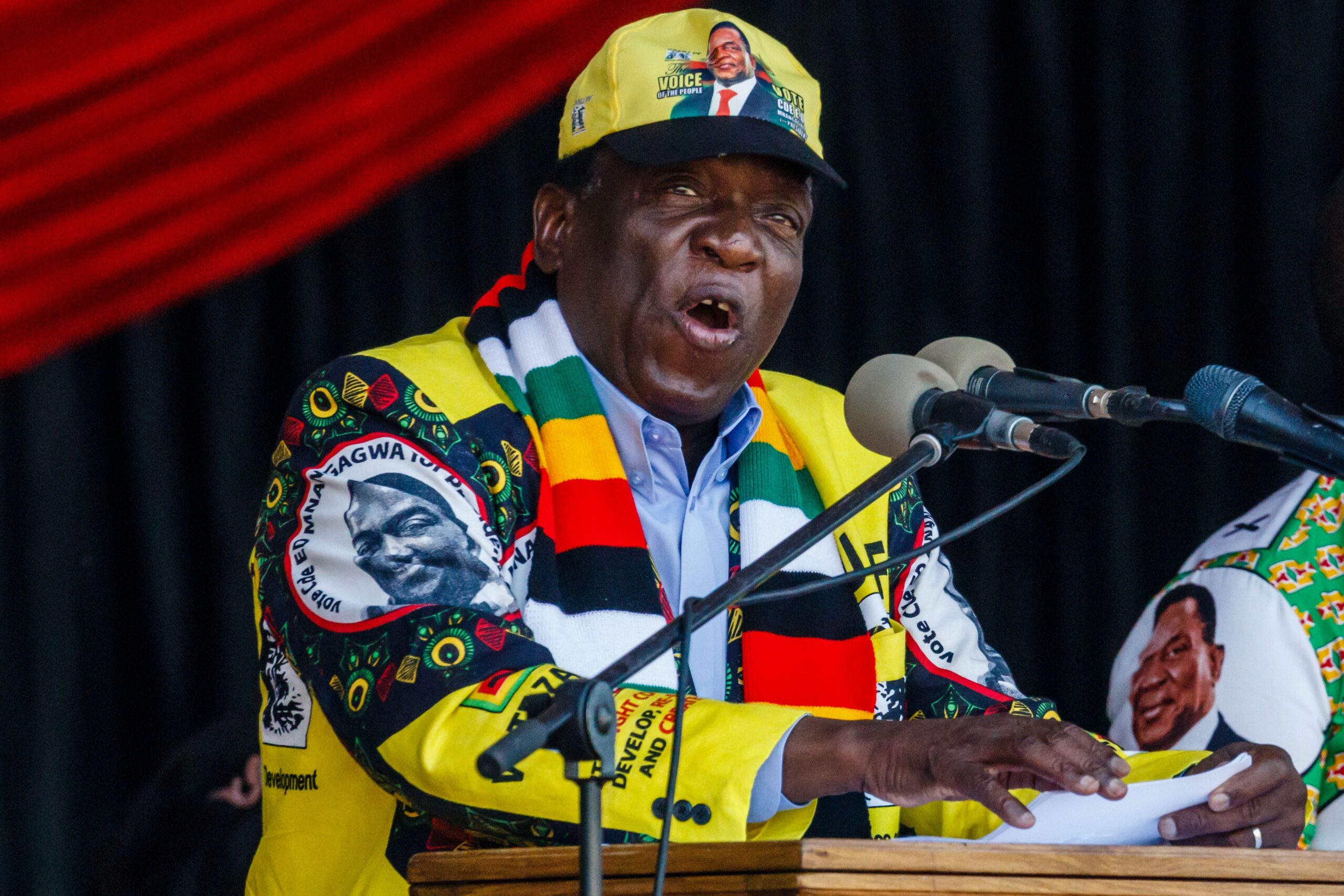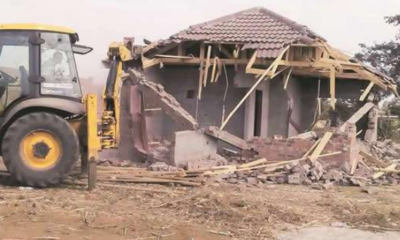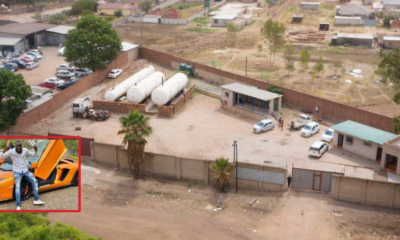WHILE President Emmerson Mnangagwa has sensationally claimed that Zimbabwe’s mining has surpassed a US$12 billion target set for 2023, the latest statistics by the Zimbabwe Statistical Agency (ZimStat) show that the mining industry is trailing the wholesale and retail sectors in terms of contribution to gross domestic product.
NATHAN GUMA
Zimbabwe has since October 2019 been pursuing a US$12 billion mining economy vision to be attained by 2023 based on revenue generated from various minerals including diamonds, lithium, iron ore, chrome, platinum, and gold.
Speaking during a Zanu PF central committee meeting held in Harare over the weekend, Mnangagwa said Zimbabwe has already surpassed its target, with focus now being on environmental management.
“To date we have surpassed the US$12 billion mining sector target. I, however, call upon the central committee and party leaders in general to encourage our miners to adopt good environmental practices,” Mnangagwa said.
“Communities must benefit from our rich God-given natural resources in rolling out our plans as the party and government. We must continue advancing the ideals of our party, the national interest and programmes that are good for the people of our motherland Zimbabwe. Let us equally be true to our African values, our beliefs and our priorities. I therefore urge the Central Committee to nurture the culture of open, frank, factual and objective dialogue to enhance our operation efficiency and effectiveness.”
However, according to ZimStat’s latest preliminary annual GDP estimate for 2022 presented on 3 July by ZimStat director Taguma Mahonde, mining has been trailing behind other industries in its contribution to the GDP.
Of the top five contributors, mining with a 13.2% contribution has been trailing behind wholesale and retail trade with 18.7% out of a total GDP of ZW$12,388 trillion in 2022.
The country’s GDP is also expected to reach US$21.78bn by the end of 2023, according to Trading Economics global macro models and analysts’ expectations.
Major contributors include agriculture with 12%, manufacturing with 11.2% and finance and insurance, with 8.2%.
“Industries that recorded highest growth rates in 2022 were: Accommodation and Food Services with 23.7%, Finance and Insurance, 15.6%, Information & Communication, 14.1%, Mining and Quarrying, 10.5%, Transport and storage, 6.6%, Agriculture, 6.2%,” according to Zimstat.
Economist Professor Gift Mugano says the statistics presented by Mnangagwa are misleading.
“We want government to be transparent about the figures. Our size of the economy is small. That is why you see that we have a US$20 billion which has not been growing over time. The challenge about the economic growth issues in Zimbabwe and sectoral contributions to the economy have been characterised by misinformation,” Professor Mugano told The NewsHawks.
“You cannot say that agriculture achieved US$8.5 billion. If I would like to follow the growth rate argument, it means the mining sector forms our GDP and nothing else. We do not want to dwell on the exact size of the economy but we want to say these figures are not correct.”
Mugano added: “Because we just take two sectors, the mining sector with US$12 billion and agriculture with US$8.5 billion. Are we saying that is the economy? Where is manufacturing? Where is the services sector? In actual sense, the services sector constitutes 60%. The other sectors are supposed to share the remaining 40%, but if two of the sectors give you the size of the whole economy, does it make sense?”
A natural resource watchdog, the Centre for Natural Resource Governance (CNRG), said government’s claims of reaching economic benchmarks have not been reflected in the national GDP.
“It is hard to evaluate something whose objectives were not clear from the onset. The US$12 billion mining economy was more of a political statement or a vision of some sort. But there were no benchmarks or milestones to be reached on the road to the $12 billion mining economy,” Farai Maguwu, CNRG founder, told The NewsHawks.
“Whatever they claim to have achieved is not reflecting in the GDP, Annual Budget, mine workers’ remuneration and corporate social responsibility. Living conditions in the mining affected areas remain traumatising.”
Maguwu said Zimbabwe may be losing more revenue from than it is gaining, with the mining sector riddled with illicit mineral leakages.
“The mineral sector continues to be haunted by organised crime, massive leakages and illicit financial flows. Less gold is going to Fidelity compared to what is smuggled out of the country. Even with our lithium, we have become a net donor to the People’s Republic of China,” he said.
“A big lie was sold to the nation that the Chinese are beneficiating lithium when in actual fact they are merely crushing ore into concentrate and shipping it to China with a dozen undeclared minerals which they extract upon arrival in China.”
Zimbabwe has also been losing precious minerals through porous borders, with security forces and border officials manning the entry points seriously incapacitated to plug illicit flows as shown by the Parliamentary Portfolio Committee on Defence, Home Affairs and Security Services in June.
The country has been losing minerals, ranging from diamonds and gold through well-knit syndicates that involve security officials, foreigners and local smugglers who have been taking advantage of lack of knowledge by the officials manning borders.
According to the report, the parliamentary committee was informed by the Zimbabwe Revenue Authority (Zimra) that there was a stretch of 230 kilometres of the borderline encompassing Zimbabwe, Mozambique and South Africa, which was poorly manned by law enforcement agencies in Zimbabwe.
Along that borderline there were over 15 well-known unregistered exit and entry points between the three countries.
Smuggling has also been rife at the points, while there have also been gold leakages, among other commodities.
Security organs, which include the Zimbabwe Republic Police and the Zimbabwe National Army, have also been unable to control the illegal crossing points because they do not have vehicles, while the roads are impassable, according to the report.





















